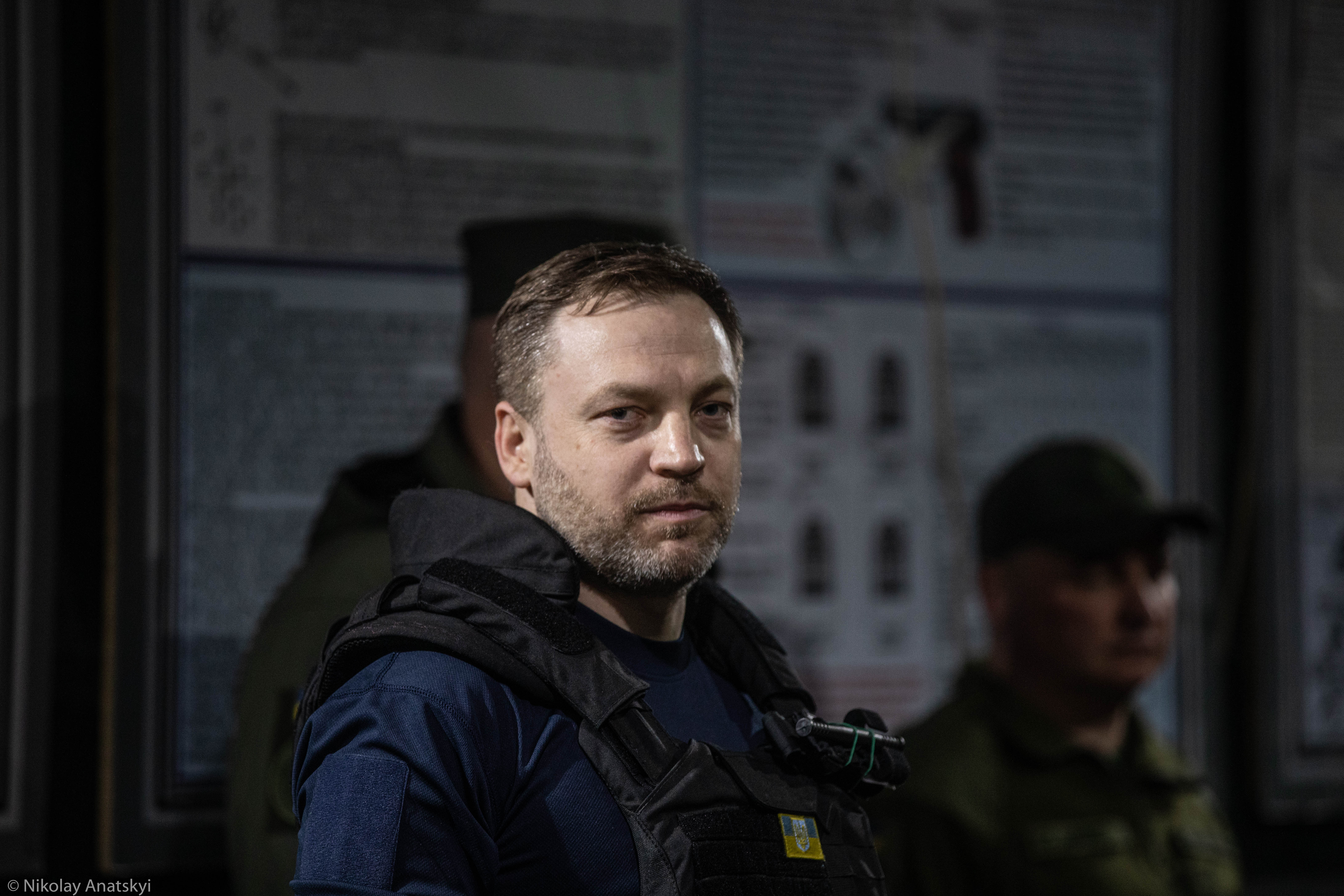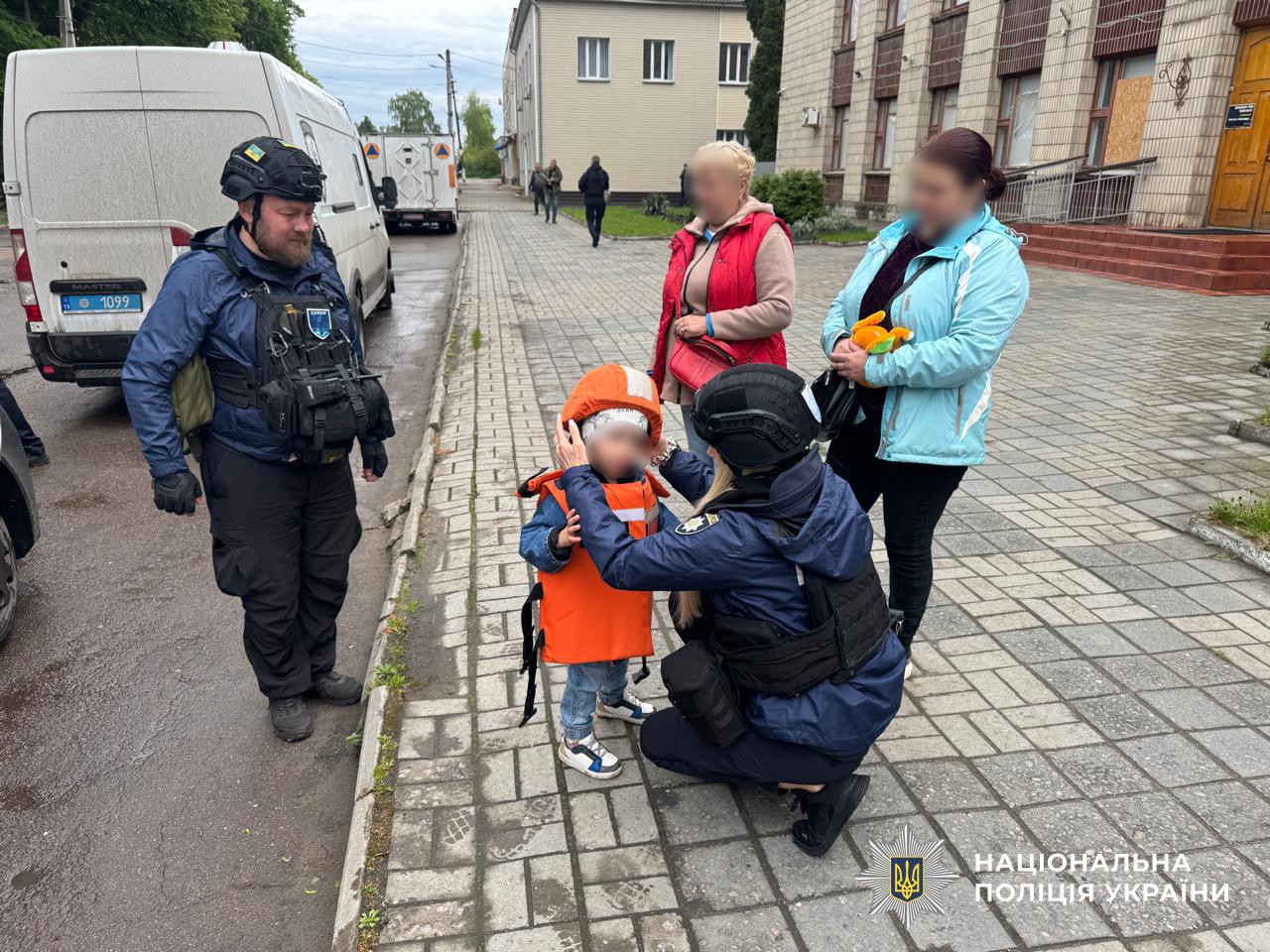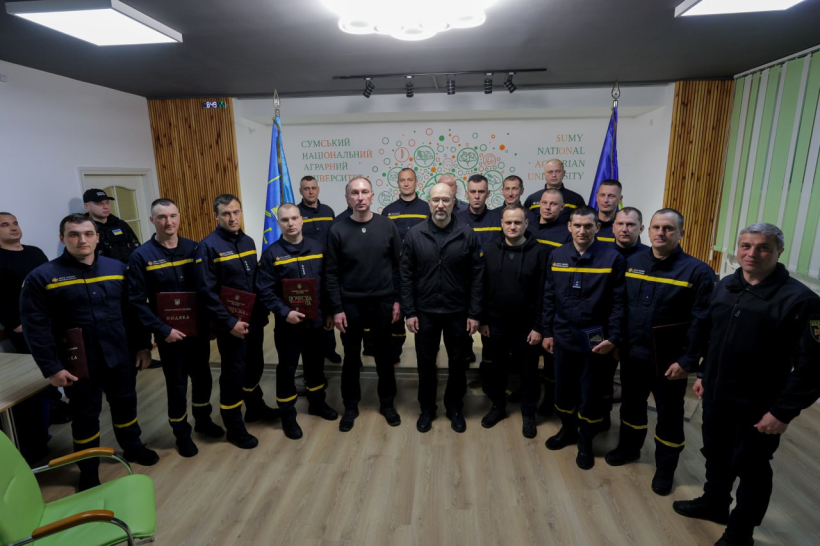Battle for Kiev: a combination of Ukrainian bravery and Russian blunders, which allowed to save the capital

Recently, Denis Monastyrsky told journalists of The Washington Post about the first minutes of a full-scale Russian invasion, a call to Vladimir Zelensky and the distribution of weapons to Ukrainians at the beginning of the war, which became an important deterrent.

The correspondents of the American newspaper spoke to more than a hundred people and published an article the other day to show the true courage, strength of spirit and ingenuity of our people in stopping the attacks on the approaches to the capital and reconstructing the course of the battle for Kiev. This is the second detailed text of The Washington Post about the beginning of the war in Ukraine.
Today, after half a year of incredible resistance of Ukrainians, the phrase “take Kiev in three days” is a reason for jokes about the “second army of the world”. However, at the beginning of the invasion, the outcome of the battle for Kiev was completely unpredictable.
“... It was dark. The head of the Border Service of Ukraine was in touch: he reported that his subordinates are fighting with Russians in three northeastern regions of Ukraine,” Denis Monastyrsky said about the beginning of the day on February 24.
The minister put the phone on the phone and called President Vladimir Zelensky.
“It has begun,” Monastyrsky told the Ukrainian leader.
“What exactly?” asked Zelensky.
“Given the fact that the attacks are happening in several places at once, this is it,” the minister said, telling Zelensky that [official] Kiev appeared to be facing a full-scale invasion.
“In the first minutes, they inflicted terrible strikes on our air defense, terrible strikes on our troops in general. There were 20-meter ravines, the likes of which no one had ever seen in his life,” Monastyrsky later recalled.
According to Monastyrsky, at that moment everyone was faced with the question: how far can the enemy, who gathered strength in such a colossal fist, go?
If the Russians were able to seize power in Ukraine, or at least force the government to flee in a panic, the country's defense could quickly fall. Then Moscow would put in a puppet government. This was the Kremlin's plan.
Denis Monastyrsky recalls how the President gathered his main advisers. It was decided that part of the cabinet, in particular the heads of the police and defense sector, would remain in Kyiv, and the rest would move to the west of Ukraine.
Officials watched with surprise the footage captured by the border surveillance system as hundreds of Russian tanks and other armored vehicles headed to Ukraine in columns, reminiscent of World War II offensives. From Belarus — to the north. From Russia to the east. From Crimea to the south.
“The whole map was red and demanded attention,” said the head of the Ministry of Internal Affairs.
Another issue that aroused polar opinions in society at that time was discussed by the minister with representatives of the publication.
It was said that Ukrainians of all ages, who had never held weapons in their hands, rushed behind the barrels after the authorities decided within days of the invasion to distribute weapons and arm potential guerrilla resistance.
“This step has become an “important deterrent” for both Russians and potential Ukrainian defectors. After all, any Ukrainian mayor who would think about treason would understand that 20 people with weapons are waiting for him outside, and that “he and his family will be the first,” Denis Monastyrsky said.
Detailed text of the article at the link






